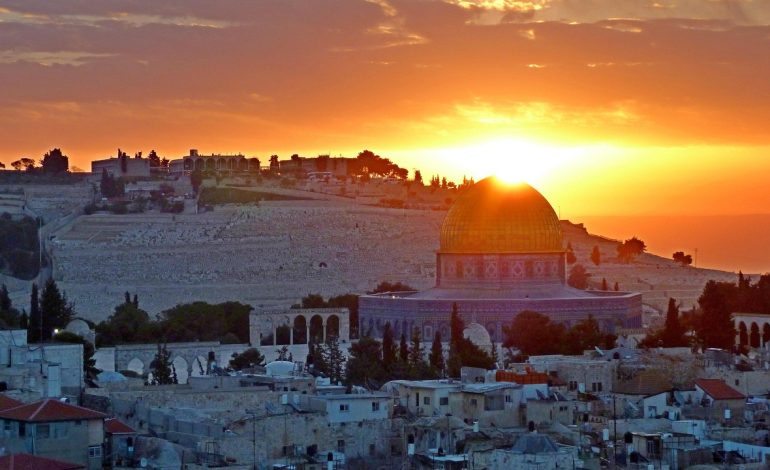EXPLAINERNews|Israel-Palestine conflictMap of Gaza shows how Israeli forces will withdraw under ceasefire deal
In the first phase of the ceasefire plan, Israel will remain in control of nearly 60 percent of the Gaza Strip.

Regulation
Ceasefire Agreement and Territorial Adjustments
On Wed, Oct 8, 2025, an announcement was made regarding the first phase of a ceasefire and captive-exchange plan between Hamas and Israel. This development includes the release of all hostages and a withdrawal of Israeli troops to a specified boundary.
The initial withdrawal boundary is indicated on a map shared on Oct 4, referred to as the “yellow line.” The finalization of this map is pending, but it is expected to encompass approximately 155sq km (60sq miles) of Gaza, leaving 58 percent of the territory under Israeli control.
Hostage and Prisoner Exchange Details
By Sun, Oct 12, 2025, or Mon, Oct 13, 2025, it is anticipated that Hamas will release around 20 living captives and the remains of approximately 25 individuals. Concurrently, Israel is expected to release approximately 2,000 Palestinian prisoners. The specific details of these exchanges are yet to be confirmed.
Territorial Control and Civilian Impact
Currently, Israel controls more than 80 percent of Gaza’s 365sq km (141sq miles) area. The withdrawal will leave Israeli forces in certain populated Palestinian neighborhoods, including:
- Beit Lahiya
- Beit Hanoon
- Parts of Gaza City’s Shujayea, Tuffah, and Zeitoun
- More than half of the Khan Younis governorate
- Nearly all of the Rafah governorate
Israel will maintain control over all crossings, including the Rafah crossing with Egypt. Ongoing Israeli presence poses challenges for displaced Palestinians wishing to return to their homes.
Future Phases and Plan Implementation
The 20-point plan involves three phases of Israeli withdrawal, each depicted on a map with distinct color-coded lines:
- Initial withdrawal (yellow line): The first phase involves Hamas releasing remaining captives as Israel withdraws to the yellow line.
- Second withdrawal (red line): An International Stabilization Force (ISF) will oversee security as Israeli forces withdraw to the red line, reducing their presence in Gaza.
- Third withdrawal (security buffer zone): The final phase involves Israeli forces retreating to a “security buffer zone,” with an international body supervising governance during a transitional period.
This phased withdrawal continues to raise questions regarding the exact boundaries of Palestinian territory, the timing and scope of Israeli withdrawals, and the role of the International Stabilization Force. The long-term implications for Palestinians across Gaza and the occupied West Bank remain uncertain.








